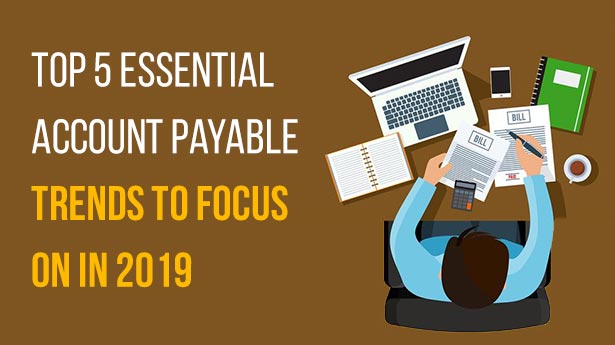Posted by: Pramod
April 23, 2024

Category: Accounts Payables
AP Automation, and The Best Practices For It: AP automation, also known as accounts payable automation, is the practice of handling accounts payable operations digitally rather than manually. It has transformed the way businesses handle and pay bills. Holistic accounts payable automation provides automated business payment processing from start to finish. This begins with software that captures invoice data in a digital format, typically by a scanning or capture method such as optical character recognition (OCR). The AP system Read More
Posted by: Pramod
March 20, 2024

Category: Accounts Payables
Accounts Payable Automation shortens the time it takes to receive, process, and pay invoices and contributes to business intelligence by bringing information from diverse sources together. It helps your whole business align around important indicators by automating processes and removing manual activities, allowing everyone to concentrate on what matters – increasing revenue and minimizing expenses. We will use this chance to explore various elements of AP automation and assist you in selecting the appropriate AP Read More
Posted by: Pramod
July 05, 2022

Category: Accounts Payables
Are you having trouble managing your outsourced payables and receivables? We have been there done that! As you know, managing your payables and receivables is the most significant aspect of your business at all stages. You may get overwhelmed with the kind of cash you’d have to handle, and keep everything intact and going. Fret not, below are some really simple techniques you can adopt to disentangle yourself from all the payables & receivables hassles. Read More
Posted by: Pramod
May 29, 2019

Category: Accounts Payables
It is rather an accepted norm to view outsourced Accounts Payable services as a traditional mandate. However, each passing year we witness fleeting trends that influence and impact the outcomes of Accounts Payable. As we stand midway across 2019, now is as good a time as any to assess and analyze the strategies and trends that have made a difference this year. With trends and tactics evolving every day, it is highly critical to stay Read More
Posted by: Pramod
June 30, 2017

Category: Accounts Payables
Every organization witnesses a skills gap; 75% CEOs feel their in-house team isn’t adept enough to keep up.Keeping that in mind, it is always helpful to define clear, precise and well-defined workflows and practices in every business process. Here are some tips and best practices to Improve Accounts Payable efficieny. A better Procure to Pay process will not only benefit your working capital, cash flow, and vendor relationships but go the extra mile help you Read More

 +1 727 756 1632
+1 727 756 1632 reachus@velan-bookkeeping.com
reachus@velan-bookkeeping.com